Tamron Blogs
More Photo Tips | Video Gallery | Photo Gallery | Enewsletter sign-up
How to: Photograph Stamps
For the love of stamps!
This article is written for all of you with hobbies. An inspirational post about postage…
You see, my husband is a stamp collector. One evening, many years ago, I arrived home to our college apartment after a very long shift. Back then, I was managing a local camera shop, working late, going to classes during the day. Didn’t have too much time for hobbies and was looking forward to a quiet night before bed. Walking through the door, as I always do, my husband looks up in a start with the biggest smile on his face… “Hey Hun!” “What’s this?” I’m in shock. Every flat surface is neatly arranged in rows, books strewn neatly about and here sits my husband elbows deep in his very immersive stamp collection. “This is new…” I joke.
Now years later, I never fully understood his fascination with collecting stamps, so I asked him to explain it to me. "What is it, why did you start your collection?" “They’re like little pieces of history” he tells me. “Each one unique and full of snippets of information from around the world!” and he’s right. Diving into his collection for this article, I found stamps that honor important people, important events. Stamps that document almost every area of interest. Pop culture, innovative products, places around the world. Each country uses stamps in their own way to tell their history. I guess it is fascinating when I took the time to notice it. My fascination in stamps came in a different way. I really enjoyed the artistry within each tiny scene. Artists are commissioned to design each stamp and are often not given credit. They are simply given a subject or scene to create and off it goes into print. As a closeup photographer, it is important to pay attention to subtle detail. Little moments that make an object whole. Within my photographs, I like to capture everyday objects. What makes them interesting? How can I showcase them extraordinarily!
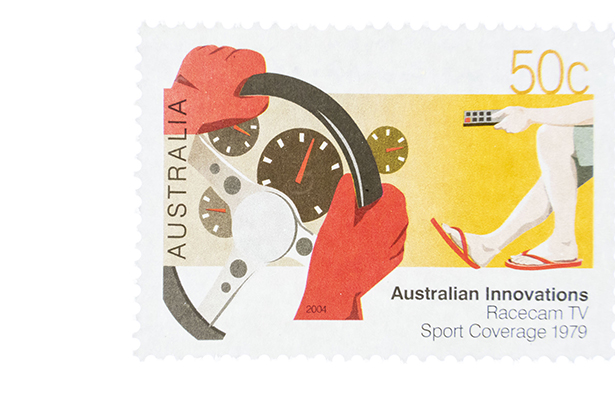
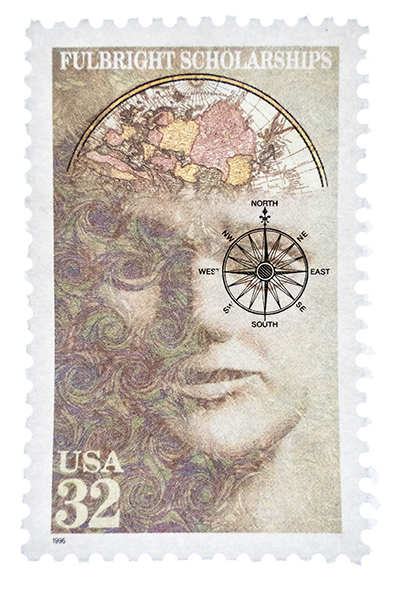
Tamron lenses are essential for all closeup photographers. Time and time again, these lenses can produce better reproduction ratios when you evaluate comparable lenses side by side. For the photos here, I took advantage of the Tamron 18-300mm F3.5-6.3 Di III-A VC VXD for Fuji-X and Sony E mounts. It produces a reproduction ratio of 1:2 and a working distance of approximately 5mm from the front element. (When shooting with a Minimum Object Distance of 5.9” at the wide end, the distance between the subject and the front tip of the lens is approximately 5mm (0.2”). Use precaution so that the front element does not touch the subject when shooting at MOD).
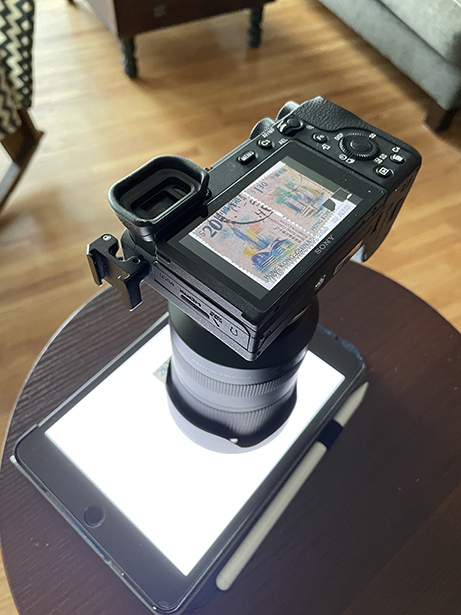
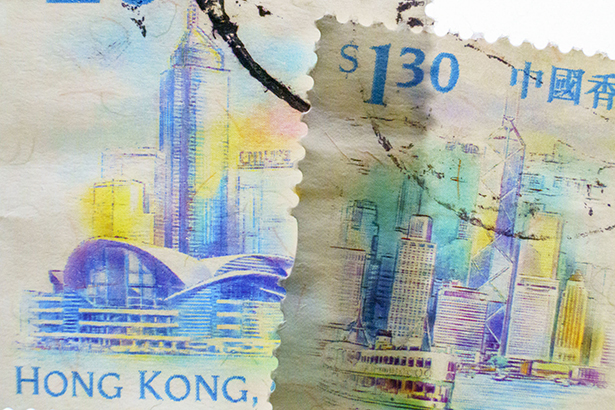
The technique is simple. I use Aperture Priority mode at F/22 to ensure proper depth of field at high magnification. Overexpose by +1 to +2 stops and back light with a window, a LED light, whatever you have. For the city scene in Hong Kong, I used my iPad as a light source. For Marianne Moore and Alfred Hitchcock, I held the stamps up to a window. Use the negative space around the stamp if you’d like or crop for composition and that’s it. You’re done. No extensive editing or complicated setup is needed for semitransparent subjects like these. I like to think that someday I’ll use these images for artwork around the house. At this high resolution each ink dot can be seen. Even the unique cancellation marks add character to the image. The next time you get a piece of junk in the mail, take a moment, look at the postage. Even better, start sending letters in the mail, you may get some in return.
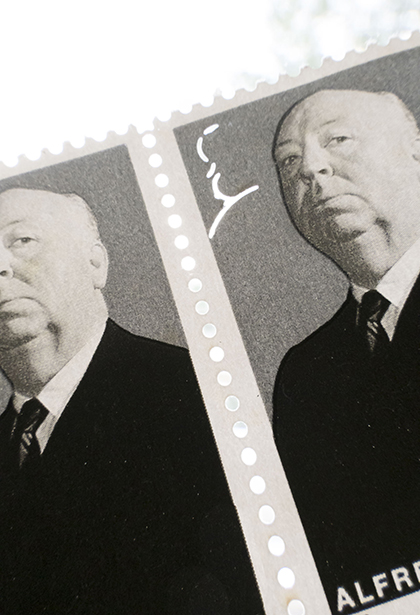
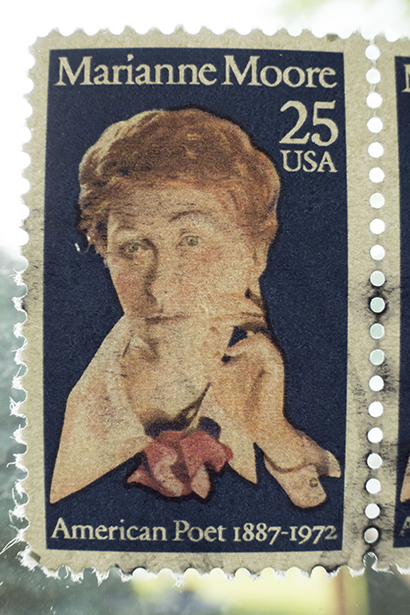
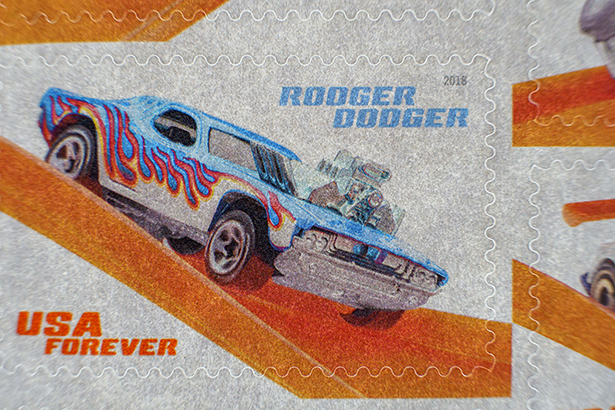
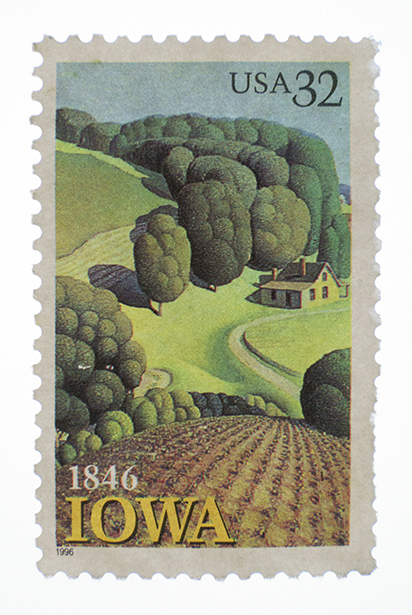
More Photo Tips | Watch Videos | Learn More About Tamron Lenses | Photo Gallery